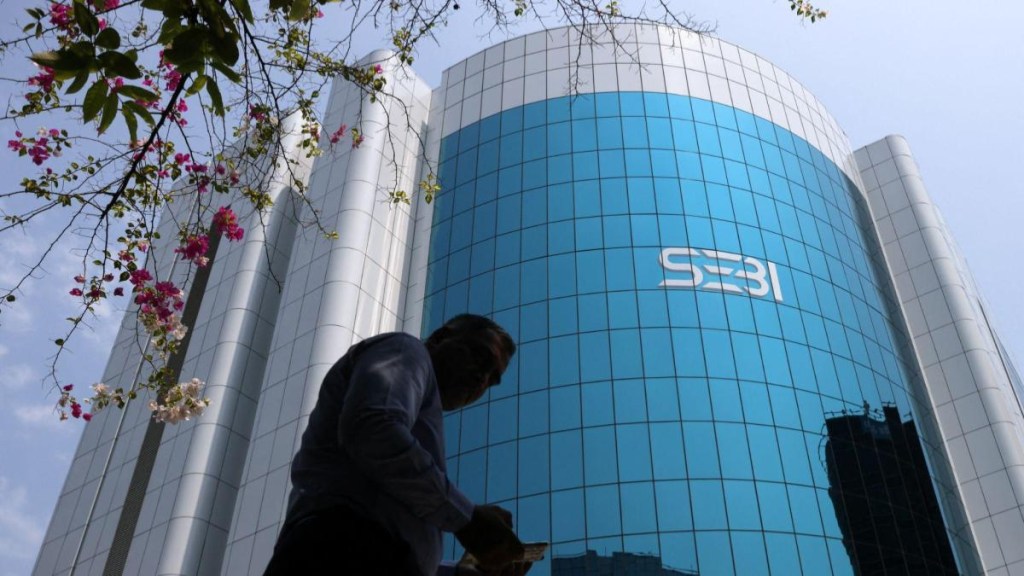The recent proposal of the Securities and Exchange Board of India (Sebi) to introduce a liquidity window is among measures undertaken to address the longstanding issue of liquidity in the corporate bond market.
The regulator plans to introduce a liquidity window designed to allow investors to sell debt securities back to the issuer at predetermined intervals through the stock exchange mechanism. Sebi on August 16 issued a discussion paper regarding this and sought feedback till September 6.
The proposed facility offers a much-needed exit strategy for retail investors, who have often been reluctant to enter the corporate bond market due to fears of being locked into illiquid positions.
However, experts said restricted availability of the window, potential pricing concerns and only an exit option limit the purpose. For example, the proposed window will be open for only three working days on a monthly or quarterly basis.
Abhishek Bisen, head of fixed income at Kotak Mutual Fund, said: “Liquidity needs are normally immediate and investors may not be able to wait for windows (monthly/quarterly) for exiting the position, which may act as a deterrent.”
The pricing mechanism within the liquidity window also raises concerns. The draft circular specifies that the issuer shall ensure amounts payable to investor cannot be at a discount of more than 100 basis points (bps) from the valuation plus the accrued interest. While this cap is intended to protect investors, Bisen said for longer-duration bonds, 100 bps can have an impact on the price. This is huge from a bond’s perspective and can deter investors who wish to sell.
Another issue lies in the availability of only put options. Marzban Irani, chief investment officer of fixed income at LIC Mutual Fund, said there is need for a more comprehensive approach: “Sebi’s liquidity window is the first step to create liquidity. However, a concrete solution would be if a two-way quote is given in corporate bonds.” Irani said for retail investors, there are platforms where they can easily buy, but selling there is a challenge due to illiquidity. Hence a two-way quote is required.
The requirement for issuers to obtain board approval and monitor the facility through a designated committee adds another layer of complexity. This could discourage some issuers from adopting the window, thereby limiting its availability and effectiveness, said a dealer.
Other Sebi measures for ensuring better liquidity include an electronic book building platform for debt securities issued on a private placement basis, request for quote platform for secondary market transactions, reduction in the face value of debt securities issued on a private placement basis, framework for online bond platforms and corporate bonds repo system operated by AMC Repo Clearing.
Unless properly implemented, this tool for managing bond investments may not be attractive for retail investors.

